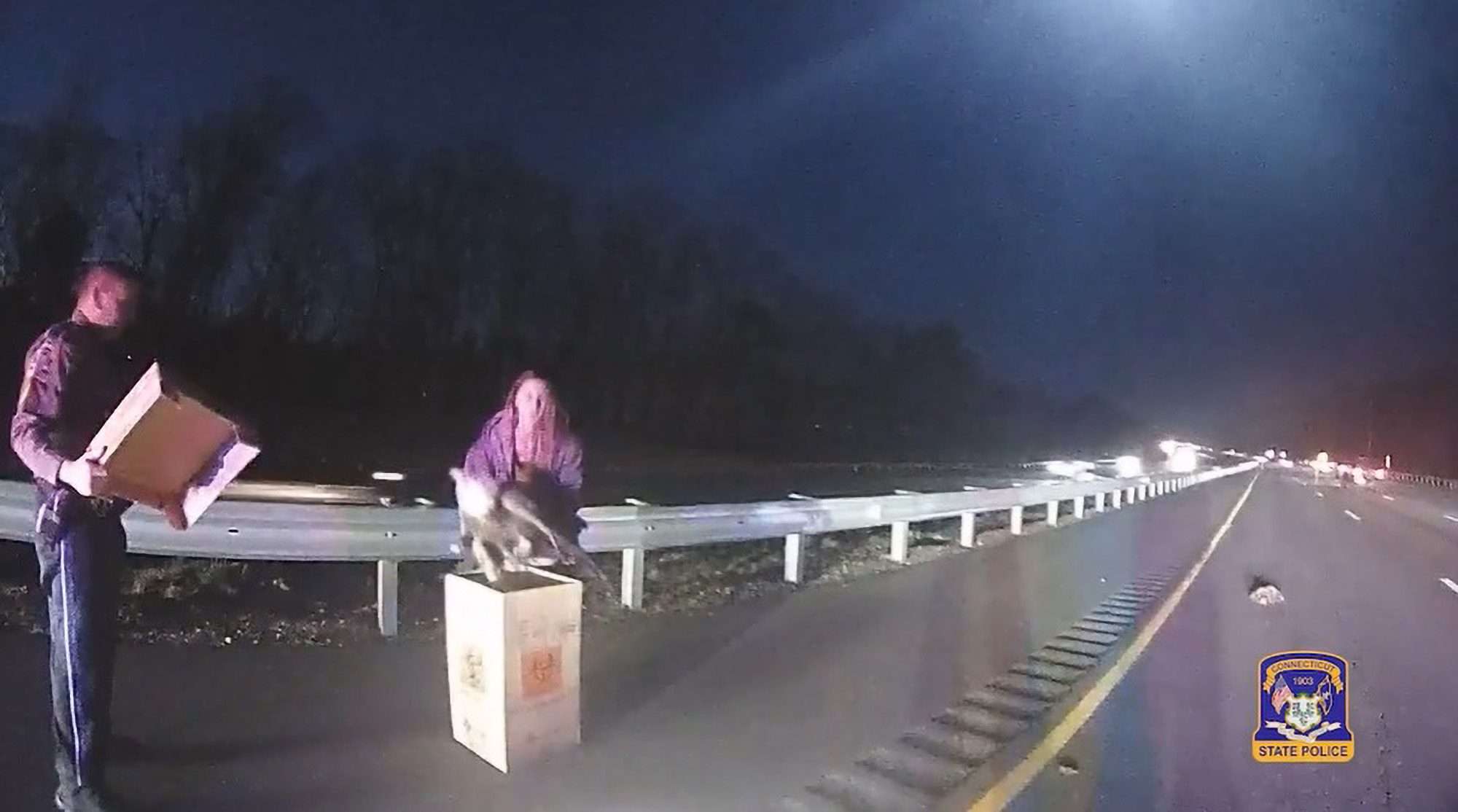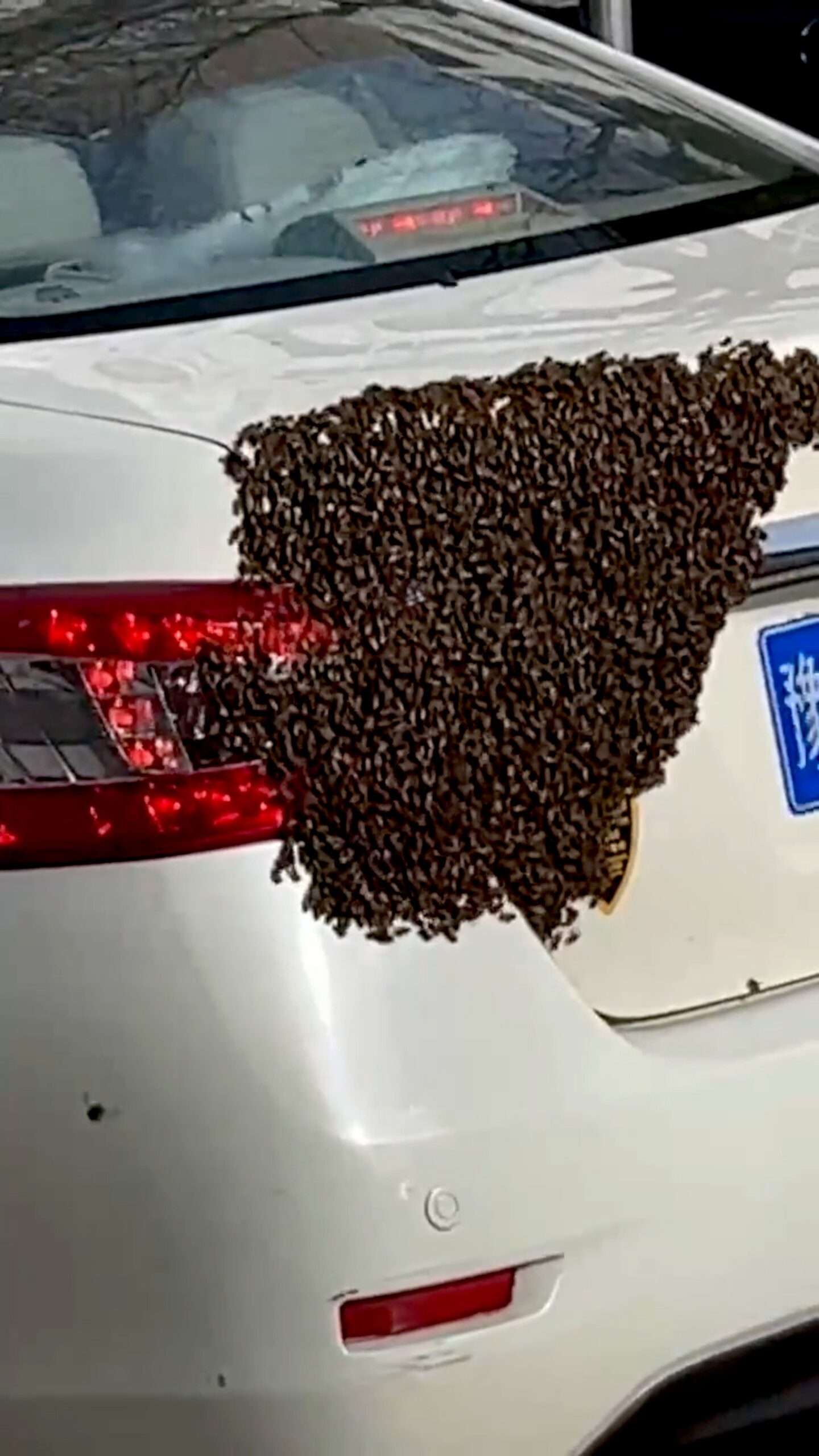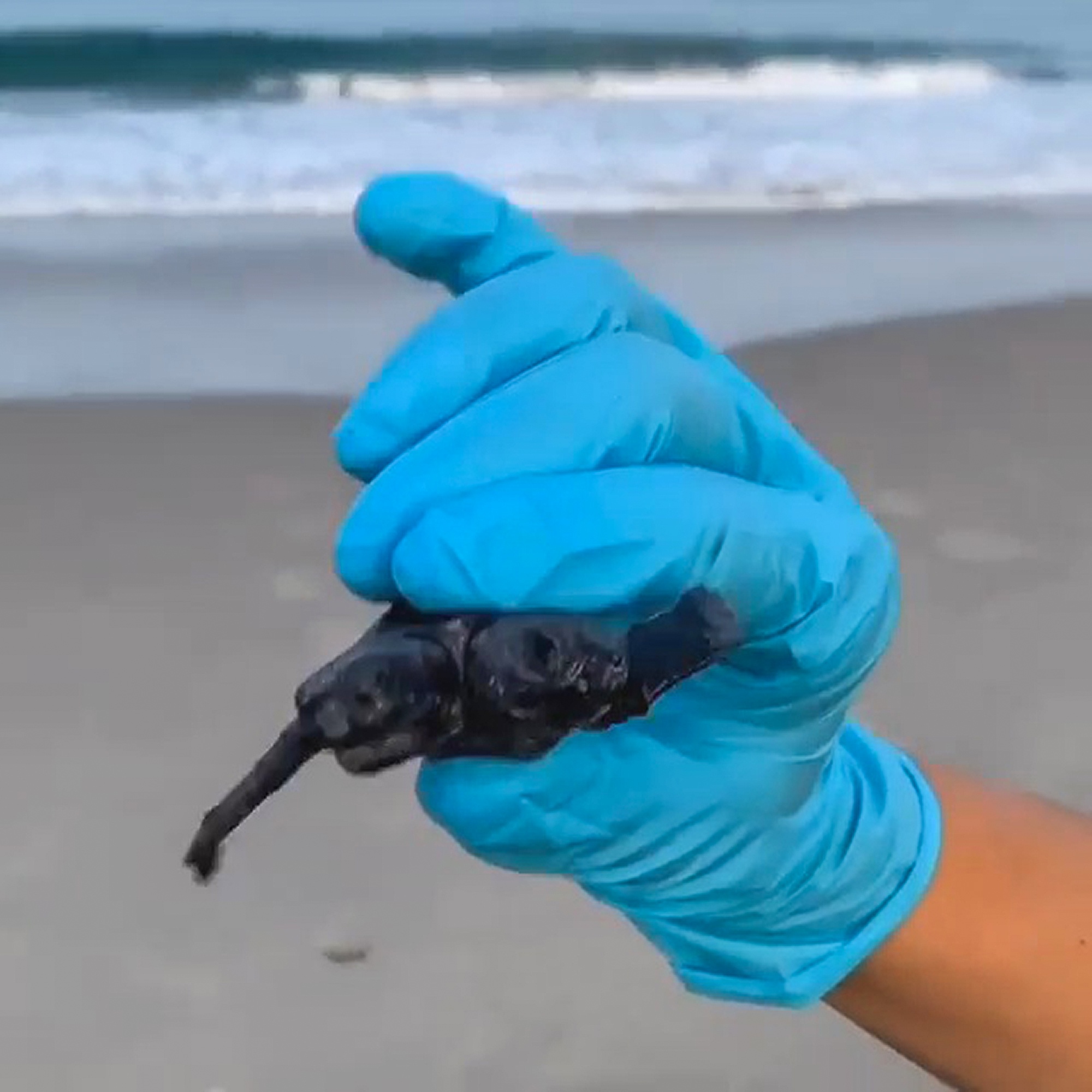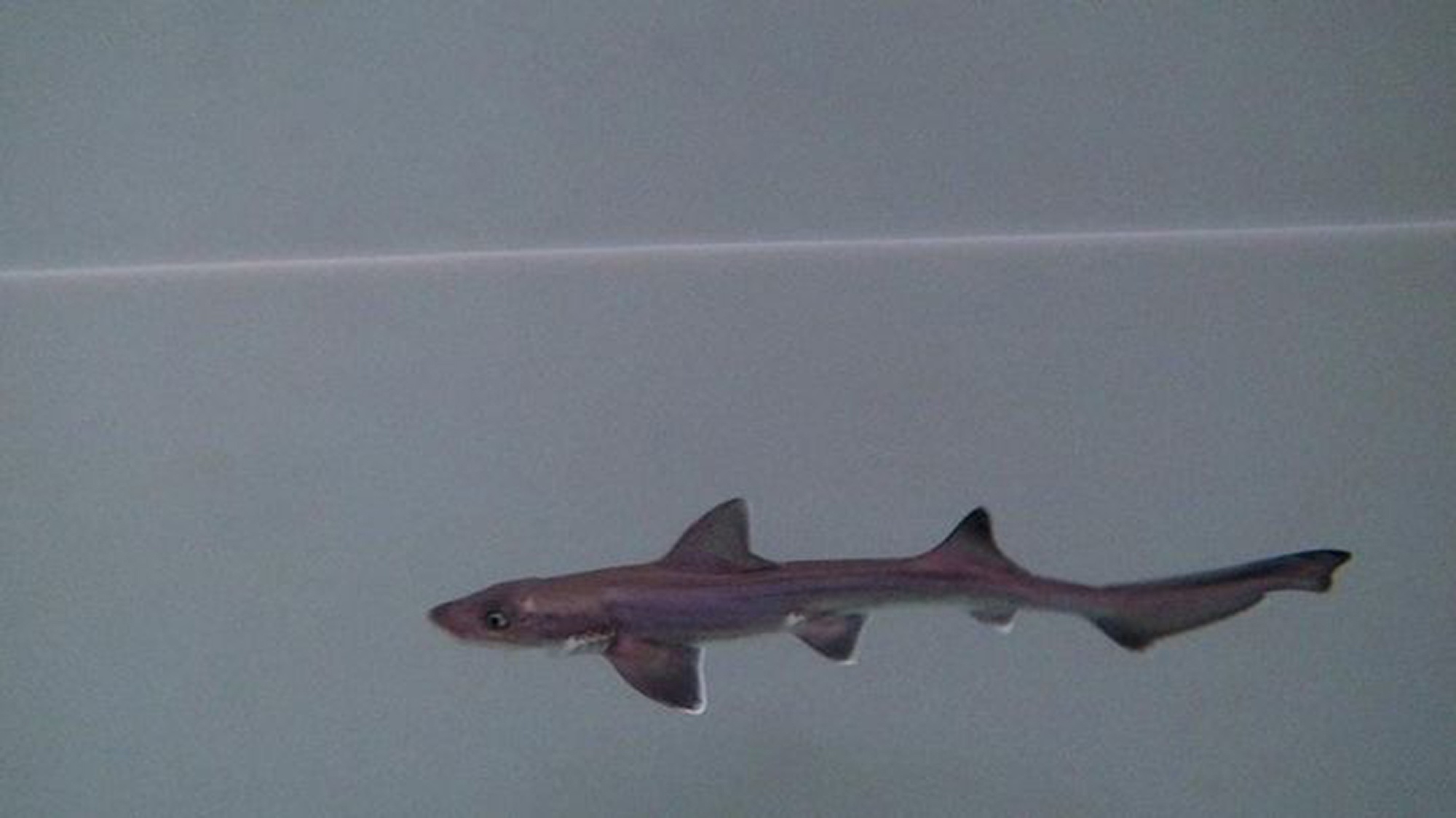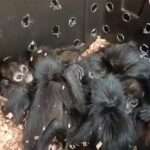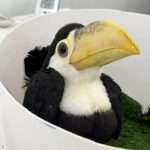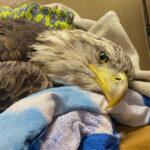These are the rare zoo newcomers that wildlife fans just cannot wait to chick out.
The endangered Dalmatian pelican youngsters are growing fast thanks to their diligent mum and dad and a constant flow of regurgitated fish.
Fans got a chance to see them in the nest with mum thanks to video footage from keepers at their home in Schoenbrunn Zoo, in the Austrian capital Vienna.
In the footage – shot when they were just days old – mum keeps up a steady flow of food the two chicks seem to squabble like any other siblings.
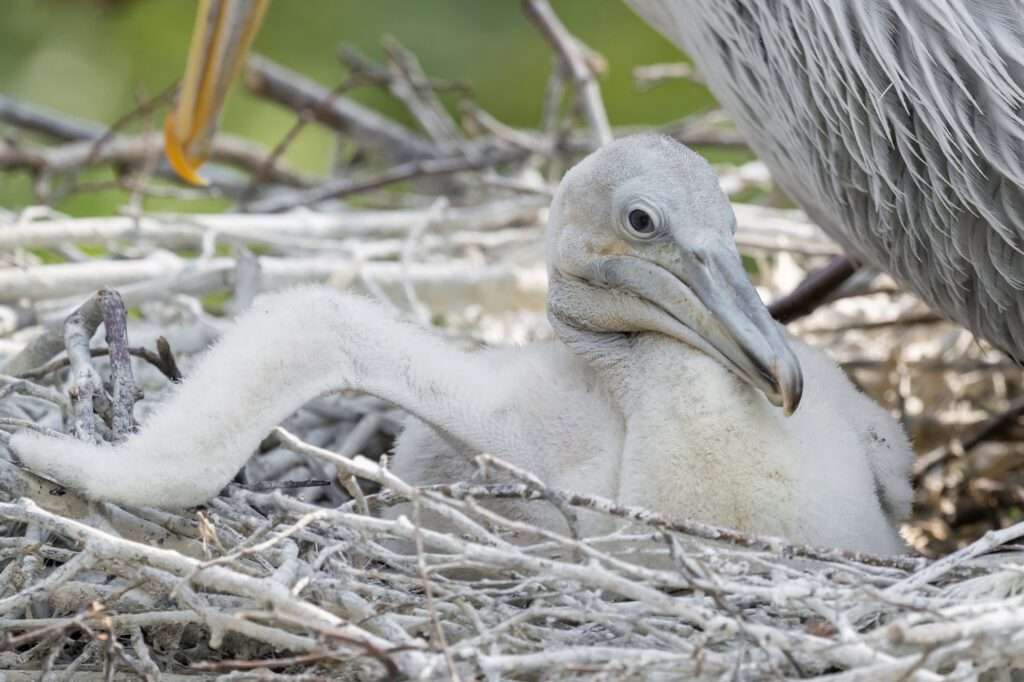
Now – three weeks later – the chicks are starting to come into the striking white and grey plumage of their parents.
Keeper Kathrin Stoiser said in a statement obtained by Newsflash on Thursday, 13th April: “We’re over the moon!”
The species – Pelecanus crispus – is regarded as the world’s largest freshwater bird with a wingspan of around three metres (8.8 feet).
It reportedly got its name due to the ruffed feathers on their heads, the zoo explained.
Native to Southeastern Europe and Asia, Dalmatian pelicans rarely breed in zoos and are listed as ‘Vulnerable’ on IUCN‘s Red List of Threatened Species.
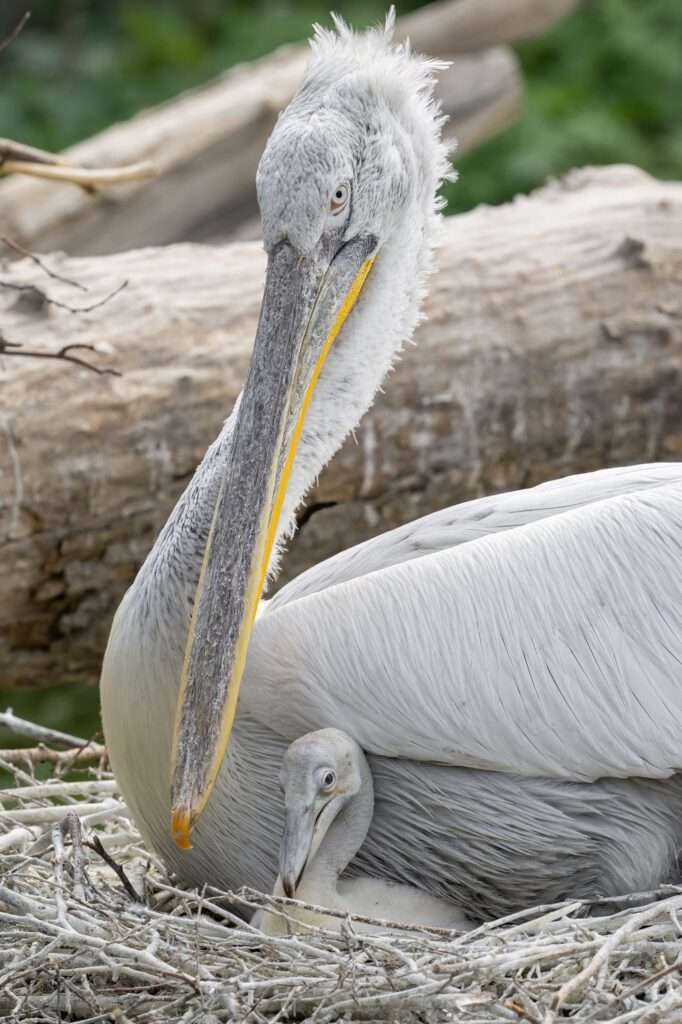
Their population decline is predominantly due to habitat loss and attacks by fishermen and tourists.
Stoiser said: “Pelicans are colony breeders. They value the safety of the group.
“We thought that our group was still too small and didn’t count on having offspring.
“Recently, however, pelicans from the Salzburg Zoo, which once hatched here, have arrived.
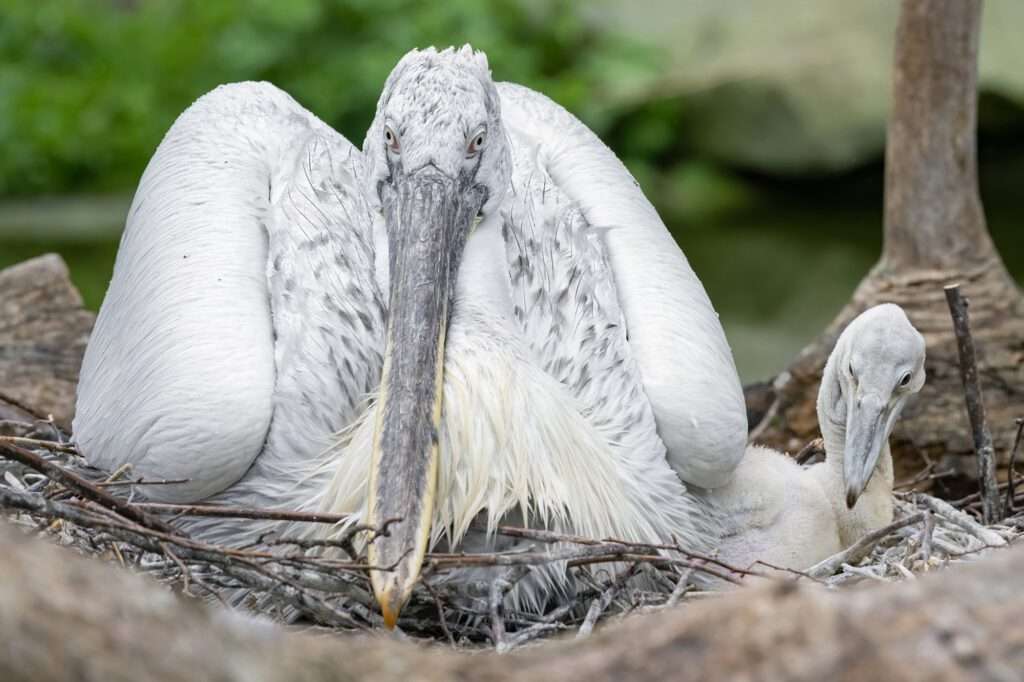
“It might have helped that they were used to the routine and domestic usage on our pelican island.”
Stoiser added: “Both parents take turns warming the chicks.
“You can see the little ones best when the parents are taking turns at the nest and when they are feeding the little ones with pre-digested fish.”

